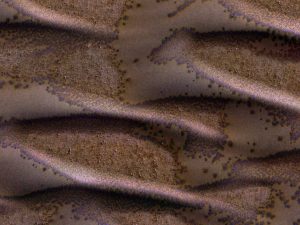
Welcome to a new, occasional, series of posts where we share with our readers the things that have caught our attention over the past week, and which inspire and inform us in reporting and analyzing space activities throughout the Middle East.
First up, and with Ramadan being observed by Muslims throughout the world, we found Al Jazeera’s “In Search of the Ramadan Moon,” exceptionally informative as it profiles Abdullah al-Khodairi, from Saudi Arabia, who is, “[E]ntrusted by Saudi authorities with observing the new crescent, which signals the beginning of Ramadan, his understanding of the moon helps to determine when many of the world’s Muslims begin their fast.”
Also of interest is a piece by Katie Woodward in Factor Tech titled, “Preparing for the Worst in the Space Insurance Market,” that provides insight into the latest thinking about satellite vulnerabilities in the space insurance industry.
Yaroslav Trofimov of The Wall Street Journal wrote an excellent essay that explains the history of Russian and Soviet involvement in Middle East affairs, providing some geopolitical context to Russia’s recent intervention in Syria and beyond.
Earlier this week the government in Saudi Arabia released its National Transformation Program 2020 that outlines the near-term strategy for Riyadh’s Vision 2030 released in April 2016. Hopefully, the NTP will allow Saudi Arabia to successfully start implementing its much-needed economic reforms, in which satellites will likely play an important role.
Finally, space historian Dwayne Day wrote a summary of a panel session on the US National Security Space Strategy, hosted by the Secure World Foundation in Washington, DC. Dr. Day quotes at length in The Space Review members of this panel, which included John B. Sheldon, co-publisher and editor of SpaceWatch Middle East.
 SpaceWatch.Global An independent perspective on space
SpaceWatch.Global An independent perspective on space

